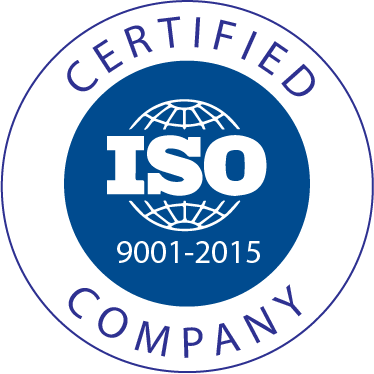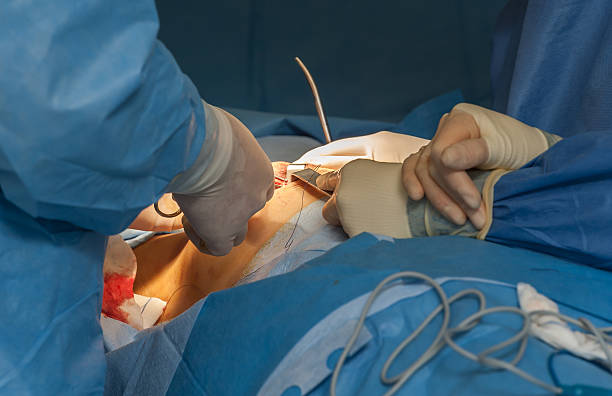Mastectomy in India starts from $3000. The total cost of the treatment depends on the diagnosis and facilities opted by the patient.
Mastectomy refers to the partial or complete surgical removal of one or both the breasts. This surgery is most often indicated for breast cancer.
A lump in the breast or armpits is one of the earliest signs of breast cancer. It can cause a change in the shape, size, or color of the breast or nipple. Nipple tenderness, inward folding of the nipple, discharge from the nipple, and orange peel appearance of the skin of the breast are the other signs of breast cancer. Patients who observe any of the above-mentioned signs must see their physician immediately.
Who are advised to undergo breast cancer mastectomy?
Your physician may recommend you to undergo a partial or full mastectomy in the following conditions:
- If you have a massive malignant tumor in the breast or invasive ductal carcinoma
- If you have had a recurrent breast cancer after initial lumpectomy
- If you are pregnant and have been diagnosed with breast cancer and radiation therapy is contraindicated
- If you have a medical history of scleroderma and have been diagnosed with breast cancer
- If you are diagnosed with breast cancer and have a lump in the armpits
Additionally, if you have a family history of breast cancer or deleterious mutation of BRCA 1 and BRCA 2 genes, you are advised preventive mastectomy.






